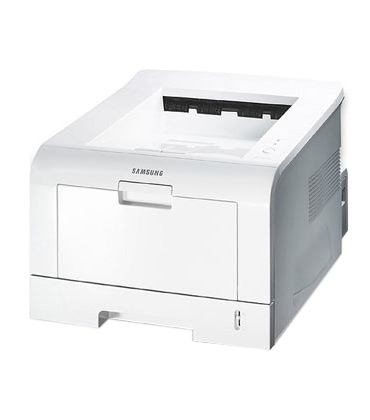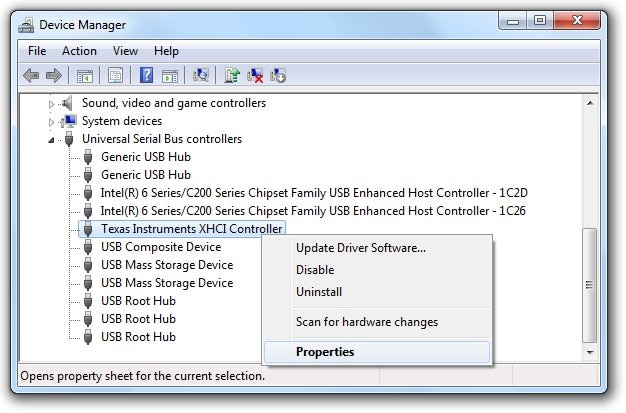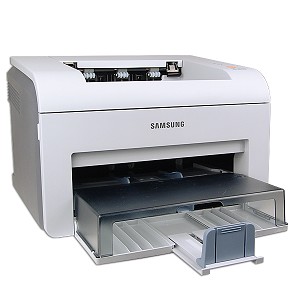- 2250 Pram Usb Device
- Driver 2250 Pram Usb Device Manual
- Driver 2250 Pram Usb Devices
- Driver 2250 Pram Usb Device Download
- Driver 2250 Pram Usb Device Driver
Free Download ML-2250_PCL.zip for your Samsung device drivers, install it on your computer to update the driver. 2231 Pram Usb Device may sometimes be at fault for other drivers ceasing to function These are the driver scans of 2 of our recent wiki members* *Scans were performed on computers suffering from 2231 Pram Usb Device disfunctions. My labtop detected the flask drive 2307 PRAM USB Device. There is no icon in my computer. Even though I uninstalled the driver (in device manager) but immediately the computer reinstalled back the same drive after detecting it. In this Article: Examining the USB Ports Checking the Device Manager on Windows Resetting the System Management Controller on Mac Resetting NVRAM & PRAM on Mac Community Q&A References This wikiHow teaches you to how to troubleshoot USB ports on a Windows or Mac computer. There are a number of reasons a USB port may stop working: it could be a problem with the driver, the hardware, or the USB. 2250 PRAM USB Device driver is a windows driver. Common questions for 2250 PRAM USB Device driver Q: Where can I download the 2250 PRAM USB Device driver's driver. Drivers and data for 2250 PRAM (USB VID_13FE&PID_3100), as made by VID_13FE. Optimising your PC. With software and driver updates Free download. Home Hardware 2250 PRAM 2250 PRAM. January 2019. 0.1% December 2018. 0.1% November 2018. This is a composite device. It might not work unless all of its components have the.
It is showing up as 2303 Boot ROM in the Other Devices but I have no clue why. When I plug it in, 'Removable Disk (H:)' shows up on the 'This PC' page but it is greyed out and if I try double clicking, it says insert a disc.
I've been using it for several months with no issues for files and videos and didn't have this issue before today. I need to recover many of the files on there and also would like it to work as a normal USB drive.
Am I correct in thinking that somehow my usb has turned into a bootable disk? I don't really understand how this would have happened but right now mainly just want to know how to recover my files and reformat the drive or something like that.
Thanks!
Edit: I also noticed that there is an exclamation mark on my desktop in the devices tab of the control panel. When I troubleshoot it says 'The driver for SM Bus Controller is not installed. Install the latest driver for the device.' If I choose to apply this fix, it tells me that 'SM Bus Controller doesn't have a driver.' I have no idea if this is new or has always been there and I never noticed because I didn't go into the device tab before.
Further Edit: I looked at the '2303 Boot ROM' properties and under hardware, it lists 3 things: 2303 PRAM USB Device, H:, and USB Mass Storage Device. In the 2303 PRAM USB Device properties, on the events tab it says Device started and configured with a time stamp for yesterday evening. If I choose view all events, there is a button that says delete amongst other things in the new window that pops up. I don't know if that is something that can be done safely as I am way out of my league on what is going on here, just thought it might help someone reading this.
Edit Again: All three things listed in the 2303 boot room properties hardware have the same two events with the same timestamps... I really hope I can recover all my data..
I completely hosed a few SanDisk Cruzer Micro USB 2.0 2 GB Flash Drives at work when I deleted the original contents of the drives, installed the CruzerPro software that had shipped with some older Cruzer Professional drives, and then used the CruzerPro application to password protect the drives. This process rendered the drives completely unusable and unable to be formatted.
The problems
Clicking the drive letter in Windows Explorer returns the following error message:

Please insert a disk into drive X:.
Attempting to format the drive returns the warning:
There is no disk in drive X.
Insert a disk, and then try again.
This is what the drives looked like once I’d thoroughly broken them.
The drive properties show:
Type: Removable Disk
File system: Unknown
Used space 0 bytes
Free space 0 bytes
Capacity 0 bytes
The Volumes tab shows:
Type: Removable
Status: No Media
Partition style: Not Applicable
Capacity: 0 MB
Unallocated space: 0 MB
Reserved space: 0 MB
Opening the Disk Management component of the Computer Management console shows that the drive is connected, but there is no unallocated space to partition or format.
Other things about the disk look normal. It shows up in the Device Manager as working correctly, without any warnings, for example.

I Googled around and found that many, many people were running into this problem where the drive starts reporting 0 bytes capacity and can not be formatted. Of the dozens of pages that I read, no one found a fix for the problem. The most common solution offered was to return the drive to the manufacturer for replacement. Well, I wasn’t going to publicize my mistake and return the drives, I was going to repair them.
Software that didn’t help
Feel free to skip this part if you’re not interested in reading about the many dead-ends I explored.

I knew of one nifty program that had helped me out a few times before, so I tried running the HP USB Disk Storage Format Tool v2.1.8, but attempting to format the drive with this utility returned the following error message:
There is no media in the specified device.
2250 Pram Usb Device
Someone suggested using this thing called “Apacer Repair v2.9.1.1” to reformat the drive, so I tried that, but the software only reported “USB Flash Disk not found!” when I ran it.
Someone else recommended FreeCommander, but that failed to open the drive, too.
I tried the free trial of the utility from http://www.flashmemorytoolkit.com/, but it reported the same information as Windows XP – that the device contained a disk with 0 bytes capacity. Maybe the full version could have done more, but I put that on the back burner.
A number of people suggested attacking it with partitioning software, which I wasn’t looking forward to doing, but was willing to try.
Another last resort was going to be using the Windows XP Recovery Console’s fixboot and fixmbr commands, which got me out of a pinch when I screwed up a partition.
Driver 2250 Pram Usb Device Manual
What I should have tried to begin with
Then I had an idea. I had a clean drive that had escaped my earlier bungling. I plugged it in, copied the contents to my desktop and tried to run the U3 LaunchPad software. Nothing happened, so I started looking more closely at the files. One of the files was called SanDiskFormatExtension.dll, which sounded promising. Now I just needed to figure out how to run the SanDisk installer to reformat the drive. I tried all of the .exe’s and .msi’s that shipped with the drive, but nothing wanted to run from the folder on my desktop.
Just as I was running out of options, I opened the autorun.inf file and found a very interesting entry:
The fix
So, with nothing to lose, I pasted http://u3.sandisk.com/download/lp_installer.asp?custom=1.6.1.2&brand=PelicanBFG into Internet Explorer, thinking that it would at least get me some new files that might allow me to reformat the drive. I followed a few prompts and lo, the U3 Launchpad Installer software launched and restored the drive to its factory settings of 2 GB capacity formatted as FAT. It even replaced the original U3 files, making it truly good-as-new.
Driver 2250 Pram Usb Devices
I’m astonished that this information isn’t more widely available, particularly on the SanDisk support site and forums, as this 0 capacity problem seems to affect a good number of drives and there are many threads where this issue remains unresolved.
Note that the page at http://u3.sandisk.com/download/lp_installer.asp?custom=1.6.1.2&brand=PelicanBFG requires you to install an ActiveX component, so you must use Internet Explorer.
Otherwise, you can download the latest version of the U3 Launchpad Installer executable from the Sandisk KB.
Driver 2250 Pram Usb Device Download
Of course, if you’re not using a SanDisk drive, it’s rather unlikely that this software will fix your drive, but maybe your device’s manufacturer has something similar. There are also a number of good ideas in the comments below, so definitely read through them for more options.
Driver 2250 Pram Usb Device Driver
If you’re trying to restore the drive’s contents or recover files, the all of the methods described on this page will format (erase) the drive and are not for you. Good luck.



